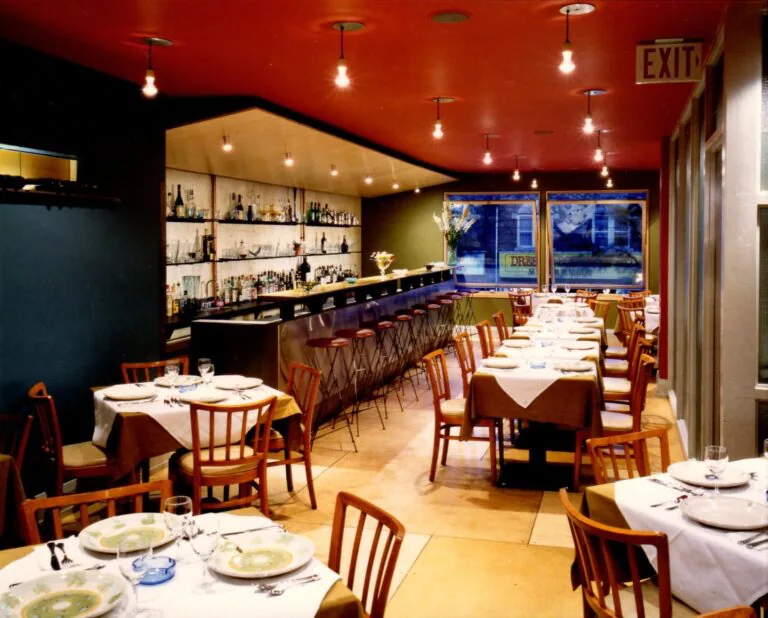One summer during college a couple of friends and I built a potting shed in the backyard for my dad. His passion was sculpting bonsai trees, including making concrete pots. We called it the house of two birches wedged as it was into the corner of the yard between existing trees. I designed the door handle & latch on the theme of a branch and hired a Mennonite smith to weld it. It was my first design-build project and I was hooked. After graduation I worked for a general contractor for a year, as did a colleague of mine, and we then struck out on our own, launching Small Building Company. Our specialty was creative projects with limited budgets, often working with colleagues to build their early design commissions in Toronto. As young entrepreneurs we were eager for work and so our bids were often low, but we managed to make a modest living, had some fun, and gained a lot of experience to boot.
After a five-year education it was great to actually build something, seeing tangible results at the end of the day. As much as I enjoy the process and theory of design, the academic setting can be an end in itself. That trend took hold in the profession at large in the 1980s, when work was lean and architectural theory was paramount. The postmodernists (e.g. Aldo Rossi, Michael Graves) were on the wane, and the uber-modernists (e.g. Rem Koolhaus, Daniel Libiskind) were on the rise. For some Architects theory and publication were a springboard to practice, while others were content in the academic realm. My motivation to work with my hands was in part a reaction to that trend. I wanted to reconcile the profession of architecture with the act of building. Rob and I were inspired by the likes of Jerzy Devil, an off-the-grid design-build company with a flair for the dramatic. The projects we undertook were a lot tamer, but we felt empowered by swapping our T-squares for toolbelts.
